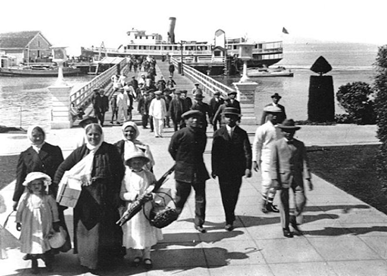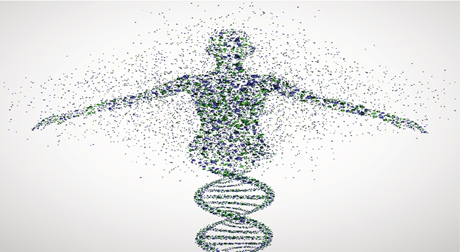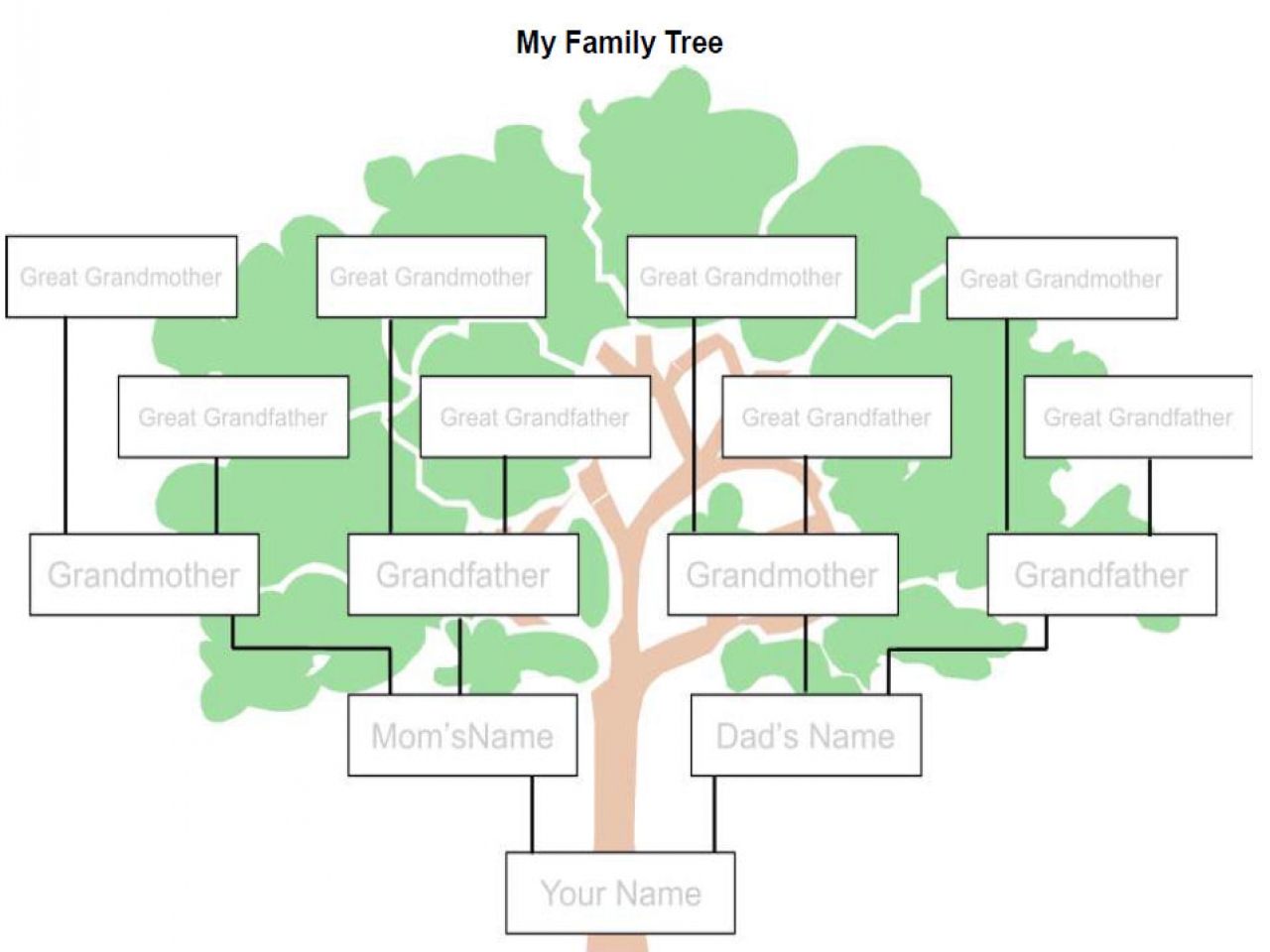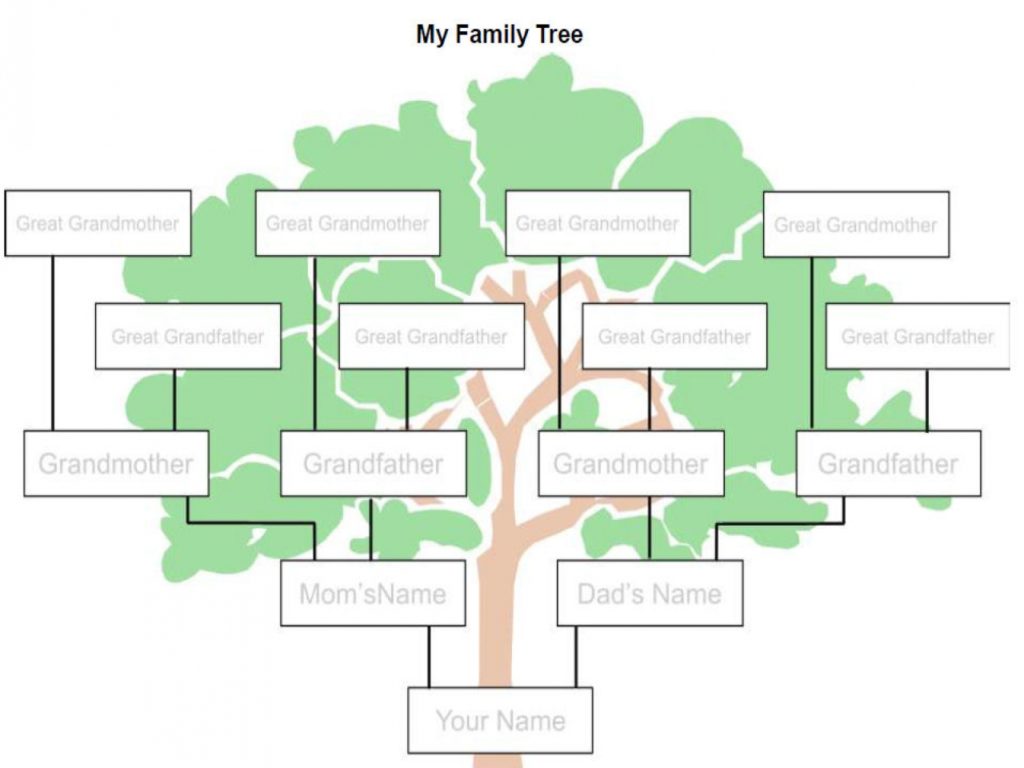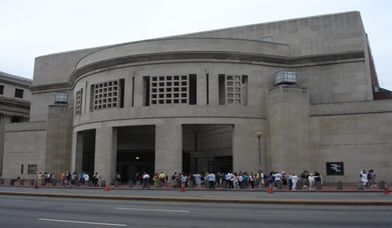
One of the issues for the National Museum of the American People is whether it will be part of the Smithsonian Institution or independent of it. In this article we’ll look at some of Washington’s museums, both public and private, that are independent of the Smithsonian. In future blogs we’ll discuss Smithsonian museums and proposals for new museums in Washington.
National Gallery of Art
While there are many great art museums in Washington, we’ll only touch on one here because it is on the National Mall, the National Gallery of Art. While it seems part of the Smithsonian it is actually independent of it. It consists of two major buildings, the neo classical West Building opened in 1941, the East Wing that opened in 1978, and the NGA sculpture garden that opened in 1999. This complex stretches from 3rd Street to 9th Street along the Mall on Constitution Avenue. The NGA has 4.3 million visitors a year and is asking this year for an appropriation of $137 million to operate.
United States Holocaust Memorial Museum
The USHMM, located just off of the National Mall near the Washington Monument, has served about 1.7 million visitors a year since it opened. It receives an annual appropriation now of approximately $59 million a year. It is a public-private partnership like the Smithsonian and has recently undertaken a long-term $1 billion fund-raising effort. The museum opened in 1993 and was the first significant museum in Washington that tells its story in a chronological fashion. Early visitorship studies found that the average visitor spent about 3 hours walking through the museum’s story about the history of the Holocaust.
Spy Museum
The International Spy Museum opened in Washington in 2002 as a private museum and has had about 300,000 visitors a year since it opened. This Spring it is moving to a large new building a few blocks off of the National Mall on L’Enfant Plaza. It is just a block away from the NMAP’s favored site at the Banneker Overlook. The Spy Museum charges $23 for adults for visitors to walk through the history of the dramatic spying profession around the world.
Bible Museum
Another new museum in Washington opened in 2017, the Museum of the Bible. A private museum funded by the founders of the Hobby Lobby, it tells about the history of the bible. It charges $25 per adult and has had 500,000 visitors during its first six months.
National Geographic Museum
Operated by the National Geographic Society, its exhibits focus on natural history, culture and history along the lines of the society’s National Geographic Magazine. The society was established in 1888 and is a non-profit organization in Washington. Located in downtown DC, this museum charges $15 for adults to visit its exhibits.
Newseum
The Newseum, started by the Freedom Forum funded by the Gannett newspaper company, promotes the 1st Amendment clause to the Constitution calling for freedom of the press. It moved to its DC location on Pennsylvania Avenue near the Capitol Building in 2008. While it says it has 815,000 visitors a year and charges $25 for adults to visit, it announced in January that it sold its building and will close the museum.
National Archives
The National Archives is most famous for displaying the nation’s founding documents, the Declaration of Independence and the Constitution. The Archives attract 1 million visitors a year to its building across the street from the National Mall on Pennsylvania Avenue. The federal agency was born in 1934. Before that, federal documents were housed by the State Department and the Library of Congress. It is funded by federal appropriations.
Library of Congress
An arm of Congress, the three buildings of the Library of Congress on Capitol Hill attract 1.6 million visitors, most of them to its Jefferson Building across the street from the Capitol and the Supreme Court. Holdings include one of the original Guttenberg Bibles. Its collections of books and documents is massive and it changes its displays periodically. Its reading room is one of the most interesting and famous rooms in the Nation’s capital. Its funding is from federal appropriations.
National Museum of the US Navy
Operated by the U.S. Navy at the Navy Yard in Washington, DC, the museum chronicles the U.S. Navy from its beginning during the Revolution through today. Located on a military base poses some hurdles for visitors, but it is free and counts about 200,000 visitors a year. The Navy Yard is located adjacent to the Washington Nationals baseball stadium and has a Metro stop near the main gate of the Yard. While smaller collections of Navy memorabilia opened in 1865 soon after the Navy Yard opened, the current museum opened in 1963.
German American Heritage Museum
Located in a townhouse in the Penn Quarter of downtown Washington, this museum focuses on the heritage of all Americans of German descent. The museum is free and is operated by the German American Heritage Foundation. It opened in 2010.
Madame Tussaud’s Wax Museum
This museum chain opened its Washington branch in 2007. It features wax likenesses of U.S. presidents, first ladies, cultural icons and famous people from music, sports, media and entertainment. Located downtown, it costs $22 per adult ($18 online) for tickets.
This blog is about the proposed National Museum of the American People which is about the making of the American People. The blog will be reporting regularly on a host of NMAP topics, American ethnic group histories, related museums, scholarship centered on the museum’s focus, relevant census and other demographic data, and pertinent political issues. The museum is a work in progress and we welcome thoughtful suggestions.
Sam Eskenazi, Director, Coalition for the National Museum of the American People

